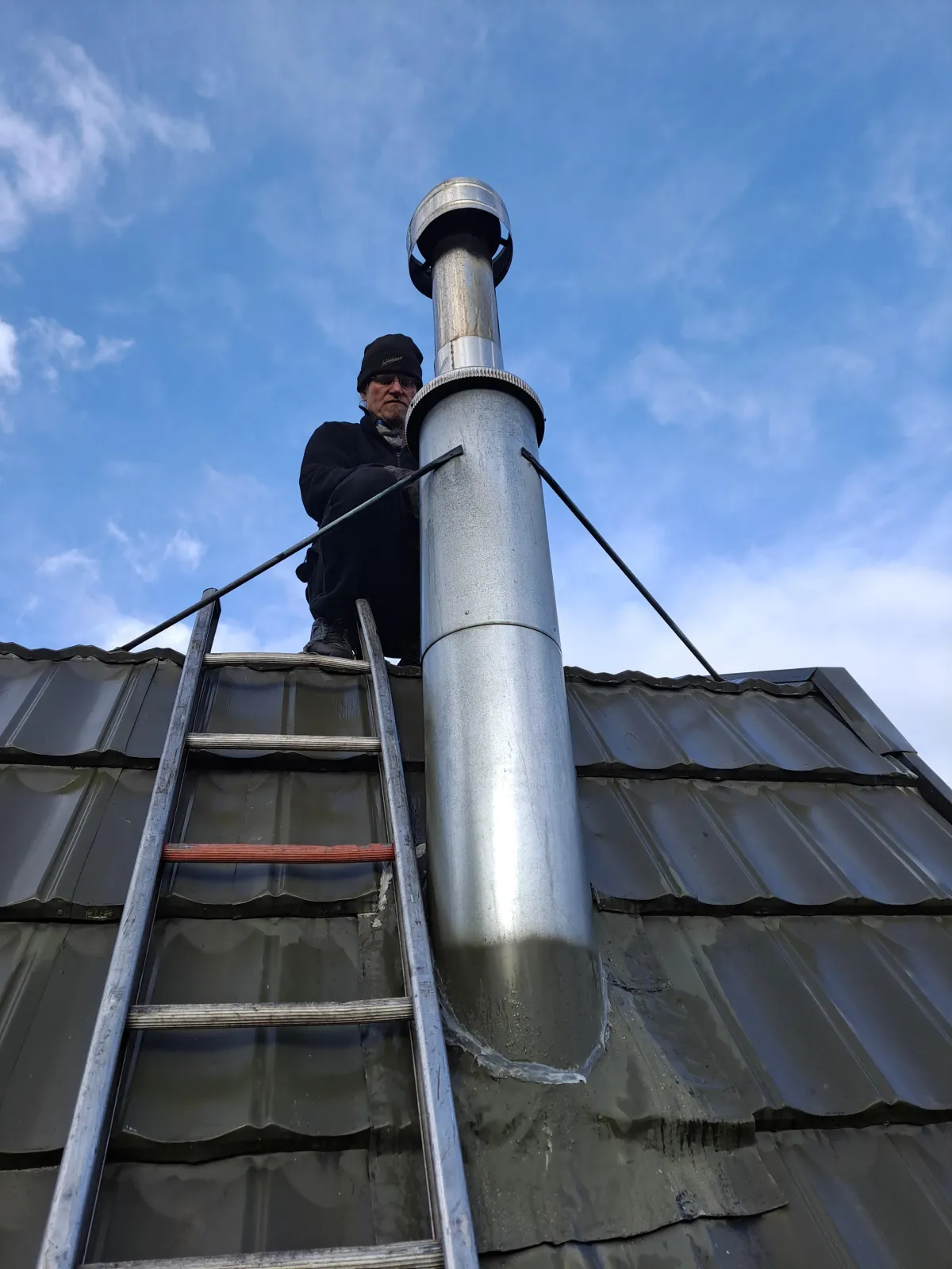
Ensuring Home Safety and Efficiency: A Guide to Chimney Cleaning
A fireplace can be a cozy addition to any home, providing warmth and ambiance. However, to maintain its functionality and ensure the safety of your household, regular chimney cleaning is essential. In this guide, we will delve into the importance of chimney maintenance and provide a step-by-step approach to cleaning it effectively.
Understanding the Importance of Chimney Cleaning
Over time, the combustion process in your fireplace leaves behind a residue known as creosote. This highly flammable substance can accumulate in your chimney, posing a serious fire hazard. Regular chimney cleaning removes this buildup, reducing the risk of chimney fires and ensuring proper ventilation for your home.
The Hazards of Creosote Buildup: A Fire Waiting to Happen
Creosote, a byproduct of burning wood, can accumulate on the interior walls of your chimney. This sticky, tar-like substance is highly combustible, and if not removed, it can lead to a chimney fire. Regular cleaning is crucial to eliminate creosote buildup and minimize the risk of a potentially devastating incident.
DIY Chimney Cleaning: Step-by-Step Guide
Cleaning your chimney may seem like a daunting task, but with the right tools and precautions, it can be a manageable DIY project. Start by gathering the necessary equipment, including a chimney brush, extension rods, drop cloths, and a vacuum. Ensure that you wear appropriate safety gear, such as goggles and a dust mask, before beginning the cleaning process.
Step 1: Prep the Area and Roof Inspection
Before you start cleaning, lay down drop cloths around the fireplace to catch falling debris. Safeguard the surrounding area to prevent a messy cleanup. Additionally, perform a quick roof inspection to ensure there are no blockages or obstructions in the chimney. Clear any debris or leaves that may have accumulated on the chimney cap.
Step 2: Use a Chimney Brush for Manual Cleaning
Attach the chimney brush to the extension rods and slowly feed it down the chimney. Move the brush up and down, scrubbing the interior walls to dislodge creosote buildup. Repeat this process until the chimney is thoroughly brushed. Be prepared for falling debris, and use a vacuum to clean up any loose soot or creosote.
Step 3: Check for Blockages and Inspect the Damper
Once the brushing is complete, use a flashlight to inspect the chimney for any remaining blockages or obstructions. Check the damper to ensure it opens and closes properly. A well-functioning damper is essential for controlling the draft and preventing cold air from entering your home when the fireplace is not in use.
Step 4: Clean the Fireplace and Surrounding Area
With the chimney cleaned, shift your focus to the fireplace itself. Remove any ashes and debris from the firebox. Wipe down the surrounding area to eliminate dust and soot. This not only improves the aesthetics of your fireplace but also contributes to a safer and healthier indoor environment.
To learn more about effective DIY chimney cleaning, visit Clean a Chimney.
Professional Chimney Inspection: When to Seek Expert Help
While DIY chimney cleaning is possible for many homeowners, there are instances when professional assistance is warranted. If you notice extensive creosote buildup, animal nests, or any structural issues with your chimney, it’s advisable to seek the expertise of a certified chimney sweep. Professional inspections ensure a thorough assessment and proper resolution of potential hazards.
Conclusion: A Safer and Cozier Home
Regular chimney cleaning is a vital aspect of home maintenance, promoting both safety and efficiency. By following a systematic approach to DIY cleaning and knowing when to enlist professional help, you can enjoy the warmth and comfort of your fireplace with peace of mind. Prioritize chimney maintenance to create a safer and cozier home environment for you and your family.










